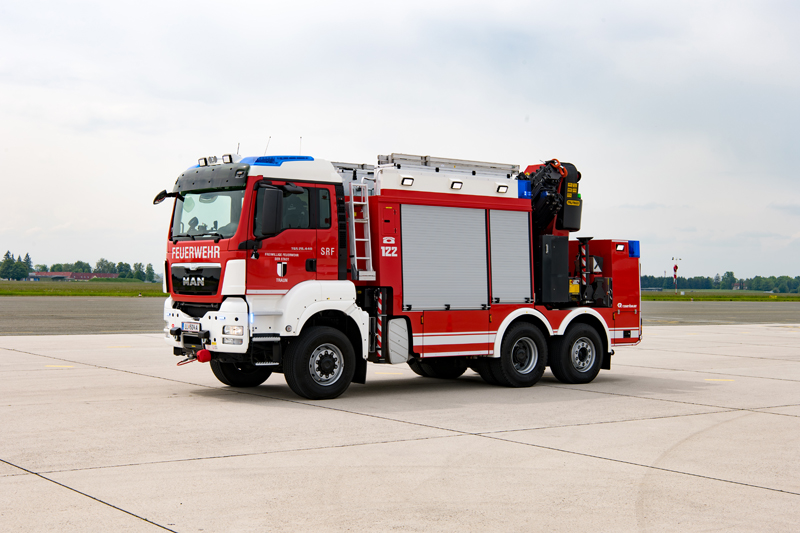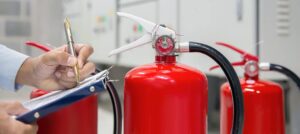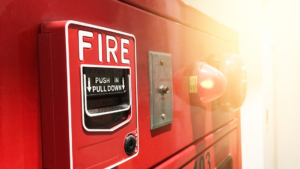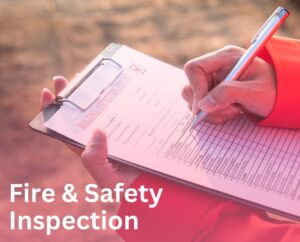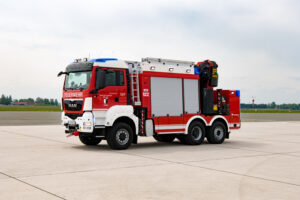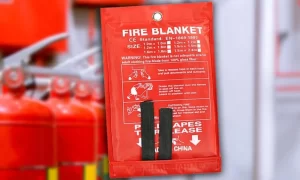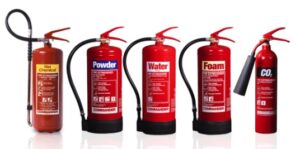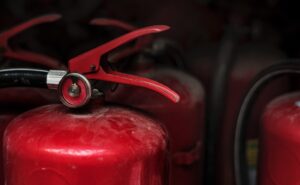Fire engine trucks are iconic vehicles, easily recognized by their bright colors, loud sirens, and powerful presence. These trucks are essential for fire and rescue operations, equipped with specialized tools, equipment, and water supply systems designed to help firefighters manage and extinguish fires. Fire engines play a critical role in firefighting, allowing quick response and efficient management of fire emergencies.
In this article, we’ll explore the different types of fire engine trucks, the features that make them effective, and how they are used in emergency situations.
What is a Fire Engine Truck?
A fire engine truck (often referred to simply as a “fire truck”) is a vehicle specially designed for firefighting operations. It carries equipment, personnel, and a water supply, and is often equipped with various features that assist firefighters in responding to fire and rescue emergencies. Fire engines are built to be highly durable and can navigate through challenging environments, allowing firefighters to reach the scene quickly and provide immediate support.
Types of Fire Engine Trucks
There are several types of fire engine trucks, each tailored to specific functions within firefighting and rescue operations. Here are some of the primary types:
- Pumper Trucks (Engine Trucks)
- Pumper trucks are the most common type of fire engine. They are equipped with a water pump, hoses, and a water tank, making them ideal for extinguishing fires. These trucks also carry essential firefighting equipment like nozzles, hand tools, and protective gear.
- Aerial Trucks (Ladder Trucks)
- Aerial trucks are designed with long, extendable ladders that can reach high-rise buildings and difficult-to-access areas. These trucks are essential for rescues and providing firefighters with elevated access to fires in tall buildings or other elevated areas. Some aerial trucks also have a mounted water nozzle for directing water from above.
- Tanker Trucks (Water Tenders)
- Tanker trucks are specialized vehicles that transport large quantities of water to locations where a water source may not be available, such as rural or remote areas. These trucks are crucial for firefighting in locations without nearby fire hydrants or other water supplies.
- Rescue Trucks
- Rescue trucks carry specialized equipment for various rescue operations, such as extrication tools, medical supplies, and search-and-rescue gear. While they may not have water tanks or hoses, these trucks play a vital role in providing aid during emergencies.
- Command and Control Trucks
- Command and control trucks serve as mobile operation centers during large-scale incidents. These vehicles are equipped with communication equipment and advanced technology, allowing fire departments to coordinate and manage multiple teams in the field.
Key Features of Fire Engine Trucks
Fire engine trucks come equipped with numerous features that make them indispensable for firefighting and emergency rescue missions. Here are some of the key features:
- Water Pump and Hoses: The water pump is one of the core components of a fire engine, allowing firefighters to draw water from various sources and direct it onto the fire. Hoses are connected to the pump and can be extended for long distances, providing flexible access to the fire.
- Ladders: Most fire trucks carry ladders, which are essential for reaching upper floors, rooftops, or areas that are difficult to access. Ladder trucks feature extendable ladders, while pumper trucks usually carry ground ladders.
- Storage Compartments: Fire trucks have multiple compartments that store firefighting tools, medical equipment, and other supplies. This organization ensures that firefighters have quick and easy access to the tools they need during emergencies.
- Advanced Technology and Communication Systems: Many modern fire engines are equipped with technology that improves communication and efficiency, such as GPS, radio systems, and data networks. Command and control trucks are especially advanced, serving as mobile command centers.
- Emergency Lighting and Sirens: Fire trucks are outfitted with powerful lights and sirens to alert traffic and pedestrians of their presence, ensuring they can move quickly and safely to the incident location.
The Role of Fire Engine Trucks in Firefighting and Rescue Operations
Fire engine trucks are crucial to the effectiveness of firefighting teams. They provide both the transportation and resources that firefighters need to respond effectively to emergencies. Here’s a look at how fire trucks contribute to successful fire and rescue operations:
- Rapid Response: Fire trucks are designed to reach the scene of an emergency as quickly as possible, navigating through urban, rural, and high-risk areas with ease. Their loud sirens and flashing lights signal drivers and pedestrians to clear the way.
- Water Supply and Distribution: Fire engines with water tanks and pumps allow firefighters to tackle fires even in areas without immediate access to water sources. This ability to supply water on-site can be the difference between a fire contained and one that spreads.
- Elevated Access for Rescue and Fire Suppression: Ladder trucks provide essential access to upper levels of buildings, enabling firefighters to rescue trapped individuals or gain a vantage point to control the fire more effectively.
- Support for Multiple Incident Types: In addition to fires, fire engine trucks are invaluable for other types of emergencies, such as medical incidents, hazardous material spills, and natural disasters. Their adaptability makes them a core component of any public safety team.
Safety and Maintenance of Fire Engine Trucks
Given their critical role in emergency response, fire trucks must undergo regular inspections and maintenance. Fire departments perform routine checks on essential equipment, ensuring that every component of the truck is operational. Technicians inspect pumps, hoses, ladders, and other equipment, while mechanics address issues with engines, brakes, and tires.
Additionally, fire departments frequently conduct drills and training exercises to ensure that firefighters are proficient in operating the truck’s various features. This training is essential for minimizing response time and maximizing effectiveness during emergencies.
Fire Engine Trucks and Fire Safety Preparedness
Fire engine trucks are not only the front line of defense in firefighting but also a symbol of resilience, safety, and preparedness. These vehicles are meticulously designed to handle high-pressure situations and deliver critical resources during fires and other emergencies. With their powerful equipment, fire engines ensure that firefighters can respond quickly, access hard-to-reach places, and provide life-saving support to those in need.
For anyone responsible for fire safety, understanding the capabilities and importance of fire engine trucks is crucial. At Al Hudhud Consultancy, we specialize in fire safety solutions that ensure your building or facility is prepared for any fire-related emergency. Our team provides expert guidance on fire safety requirements, equipment needs, and compliance standards. From assessing fire risks to offering advice on fire engine placement and equipment, Al Hudhud Consultancy is here to help safeguard your people and property.

